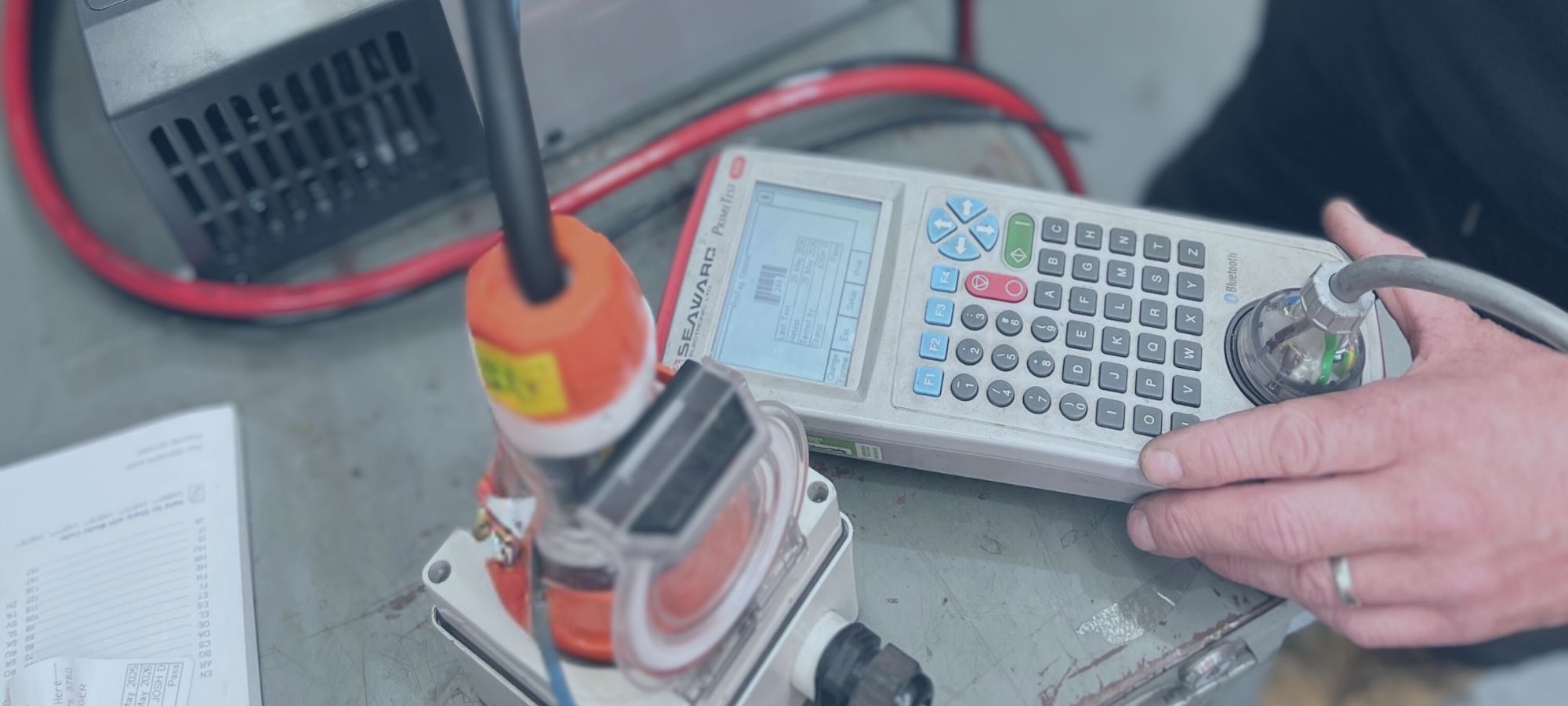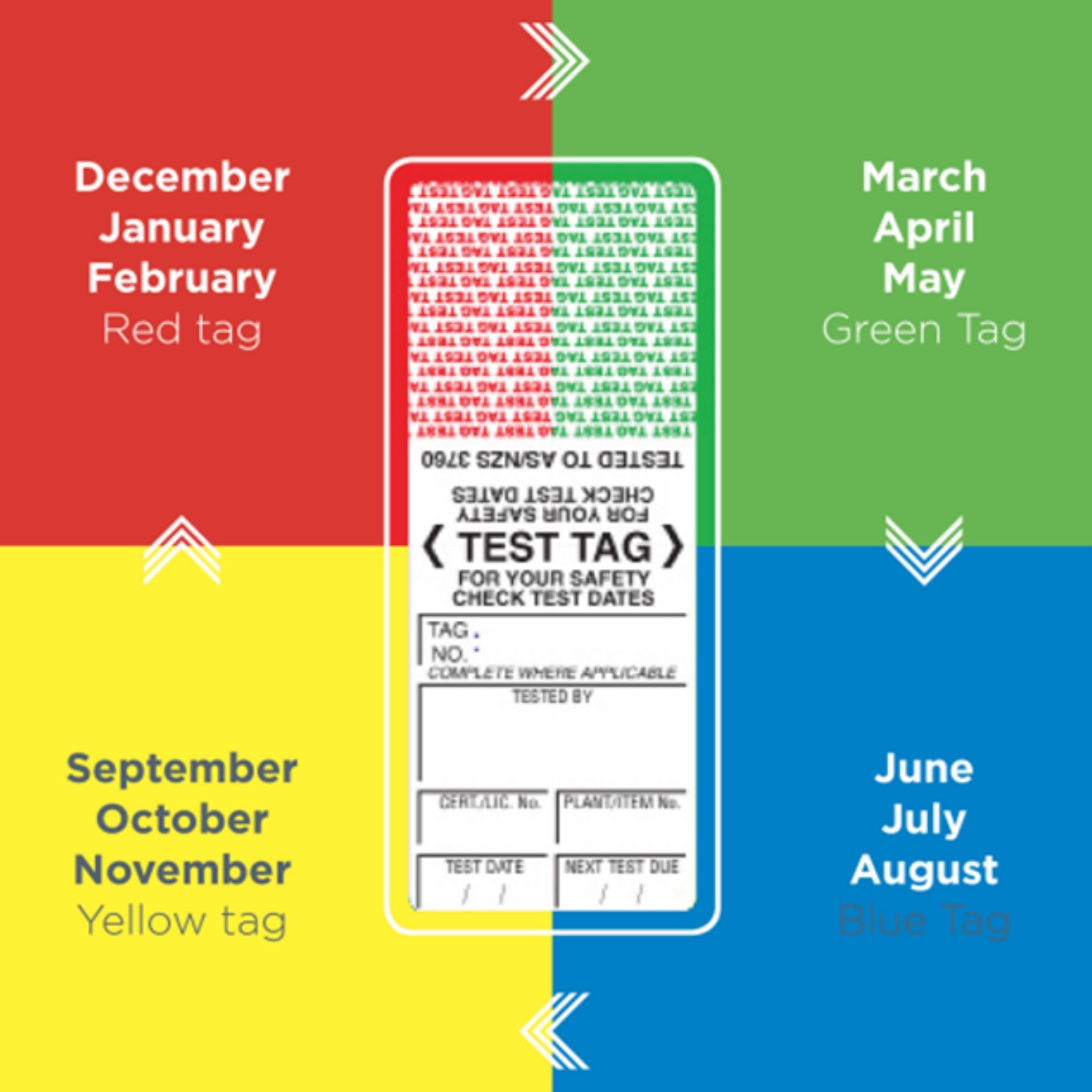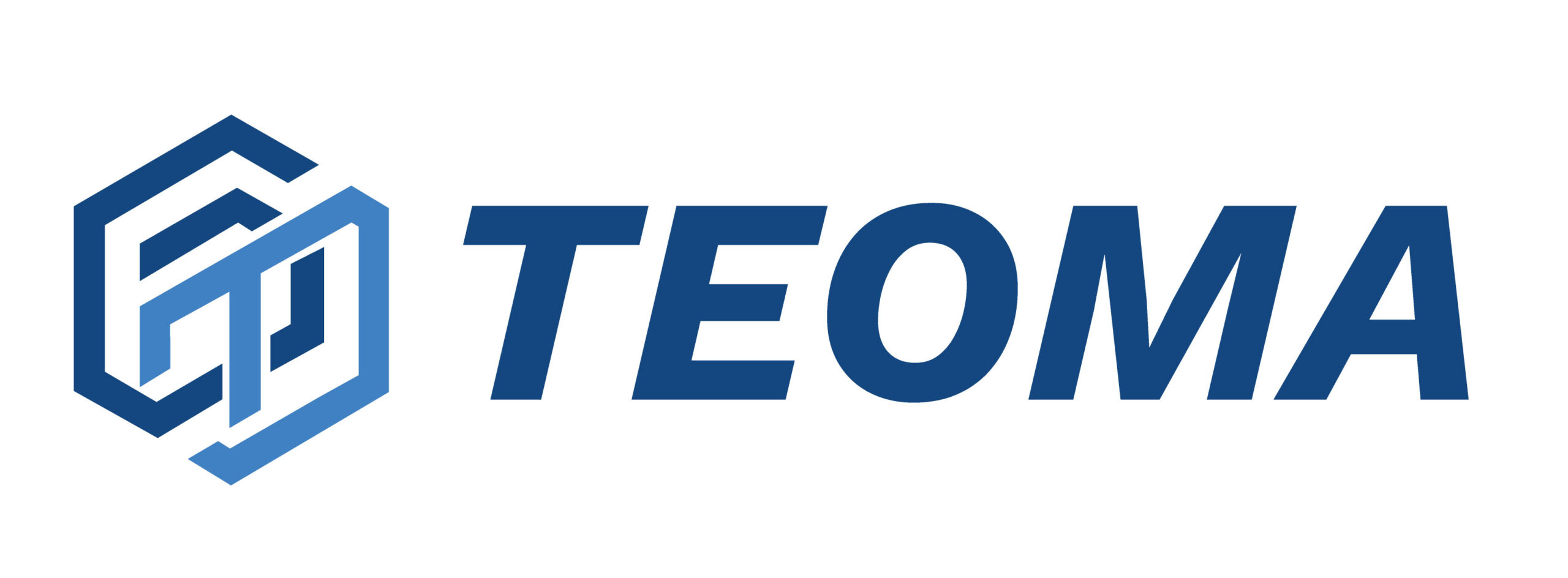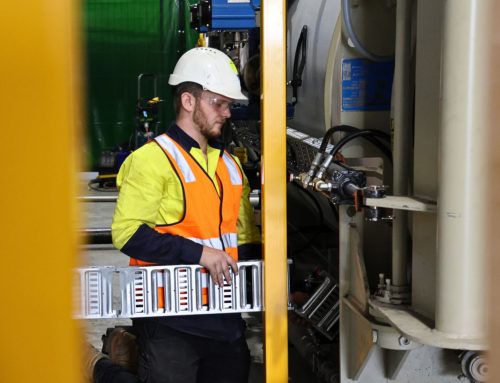How Often Should You Test and Tag? A Simple Guide for Victorian Businesses

In Australia if your workplace uses plug-in electrical equipment, you are required to test and tag it. But how often should that happen? The AS/NZS 3760: 2022 standard lays out recommendation for electrical compliance and testing frequencies, based on your industry, the type of equipment you are using, and the environment it is operating in. While the standard is not a law, some industries are required to adhere to them, and stay compliant in order to meet specific laws relating to their industry or trade.
What is Test and Tag?
Test and tag is the process of testing portable electrical equipment to ensure it is in working order, safe to use and compliant with Australian standards. It’s a two-part process: first, a visual inspection for any damage or wear and tear, such as split cords, broken plugs or faulty wiring. Then, an electrical test using a portable appliance tester. Once passed, the item gets a tag showing the date of testing, the next due date, and the technician or company who performed the test, giving you a clear audit trail.
How often do you need to test and tag your equipment?
How often you should test and tag your electrical equipment depends on the risk level of your workplace, and how the equipment is used. According to AS/NZS 3760 2022, your recommended test and tag intervals differ based on industry, equipment class and environment. The table below show recommendations only and should be used as a minimum standard. For individual requirements contact our team to discuss your specific requirements.

Note: Anything that’s portable, exposed to vibration, moisture or heat, or regularly moved around, should be tested more frequently, even in lower-risk settings.
What happens if you don’t test and tag?
Avoiding or putting of your electrical compliance testing can come at a cost. Electrical faults are a major cause of both workplace injuries, and equipment breakdowns. One incident could greatly impact your insurance premiums, your staff health and safety and your reputation.
Plus, if your equipment is not up to date with testing and tagging, you may be opening the door to liability claims. It’s just not worth the risk.
What are your your legal obligations when it comes to test and tag?
Under the Work Health and Safety Act and the Electrical Safety Regulations, employers must take all reasonable steps to ensure electrical equipment is safe to use. That means putting a test and tag program in place based on your industry, and staying compliant.
Remember – It’s your responsibility, even if you’re leasing a space or using subbies.

Not sure if your business is compliant?
Contact our friendly team today to discuss your electrical compliance and testing needs.



